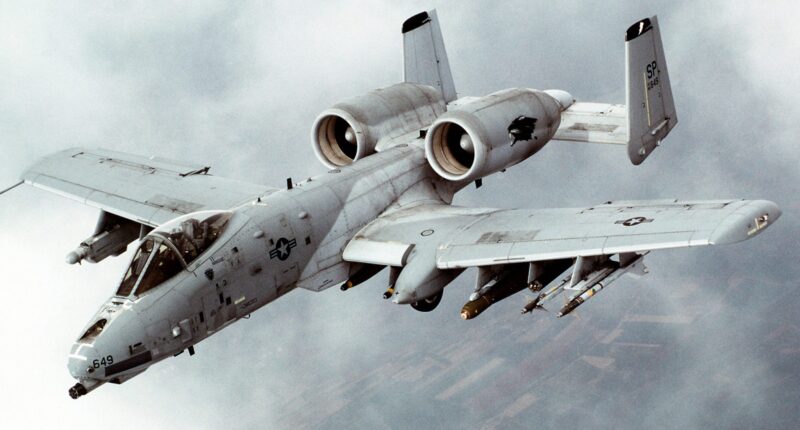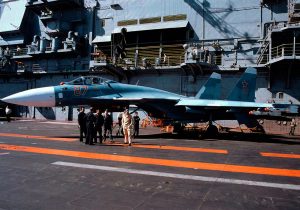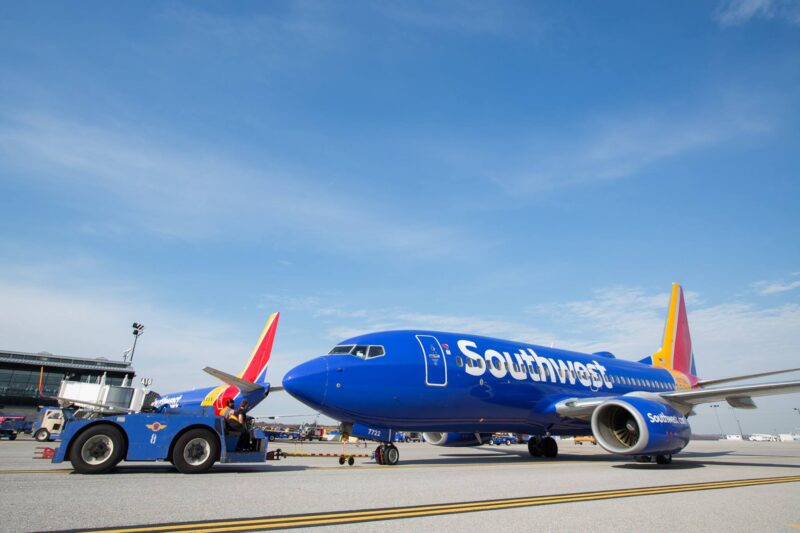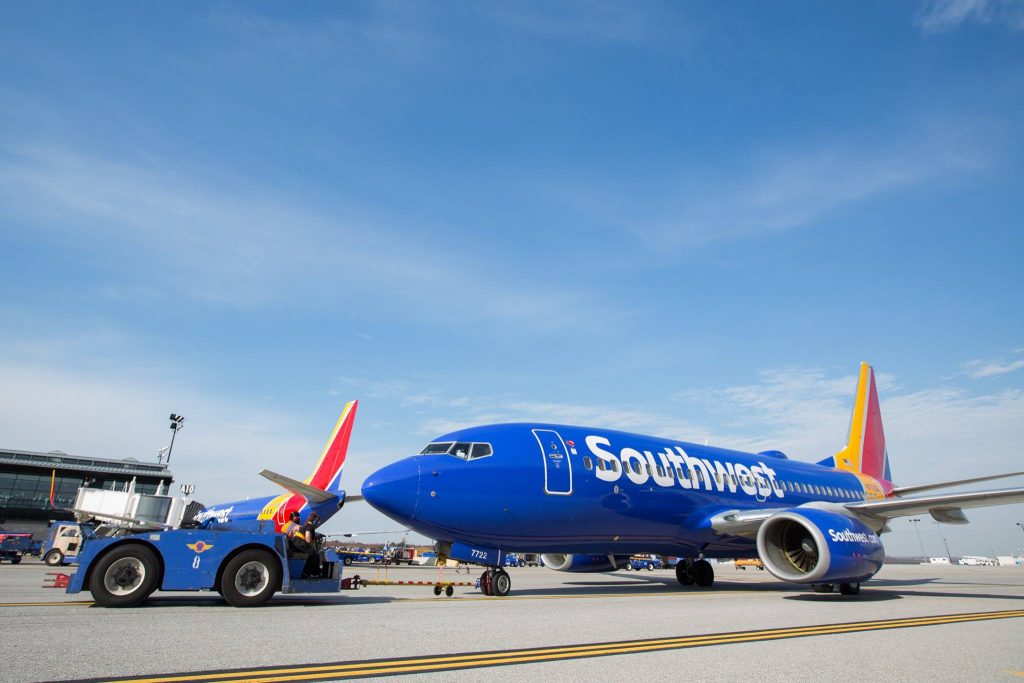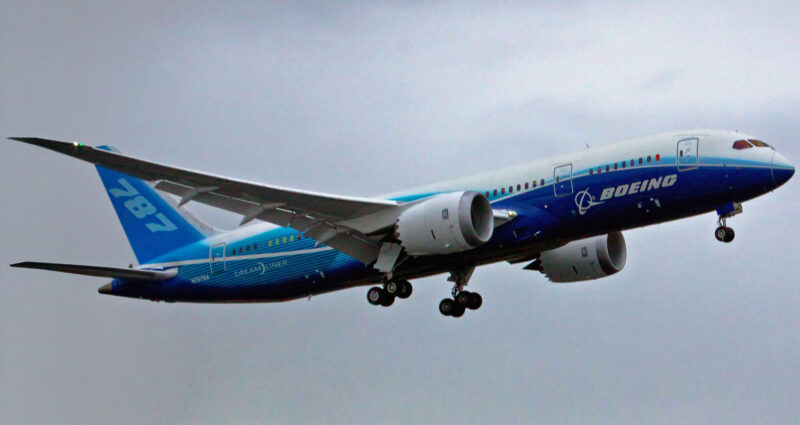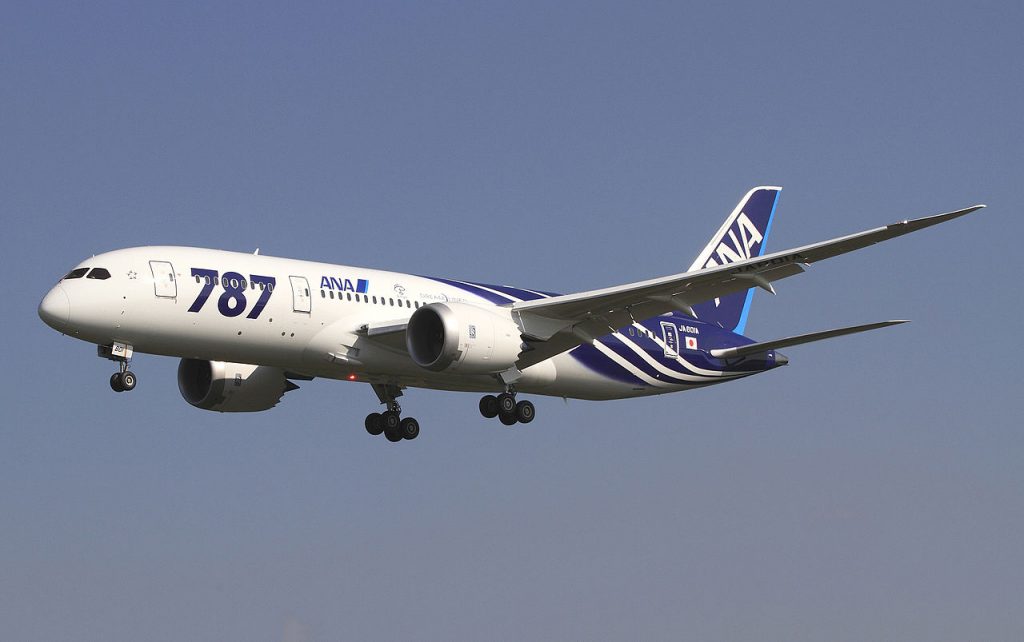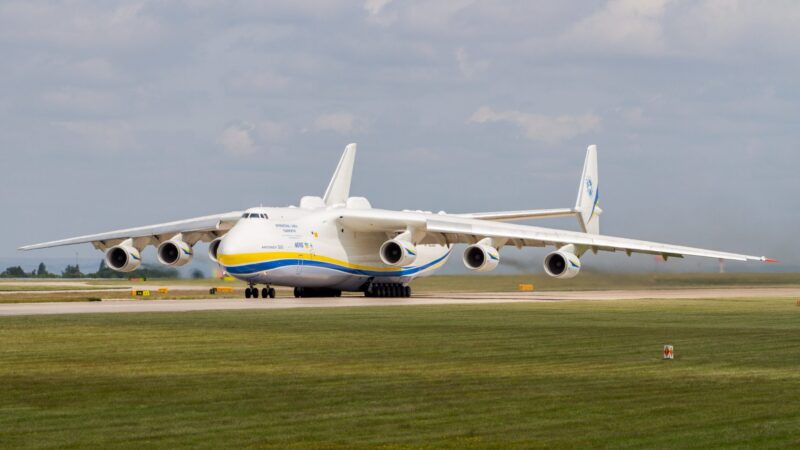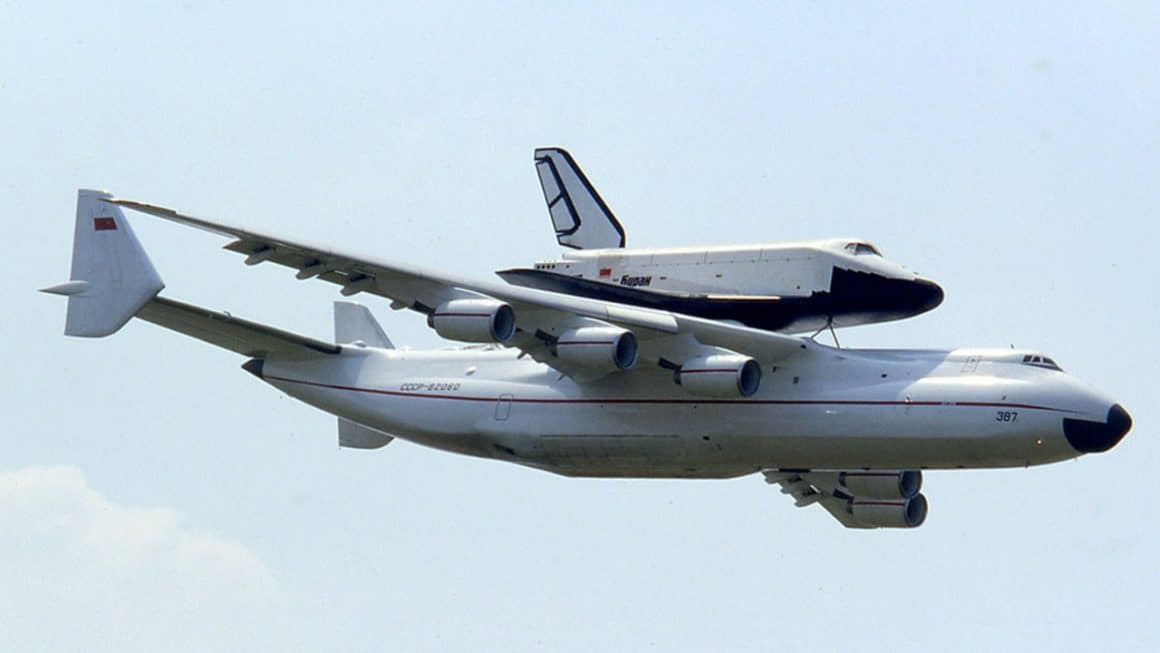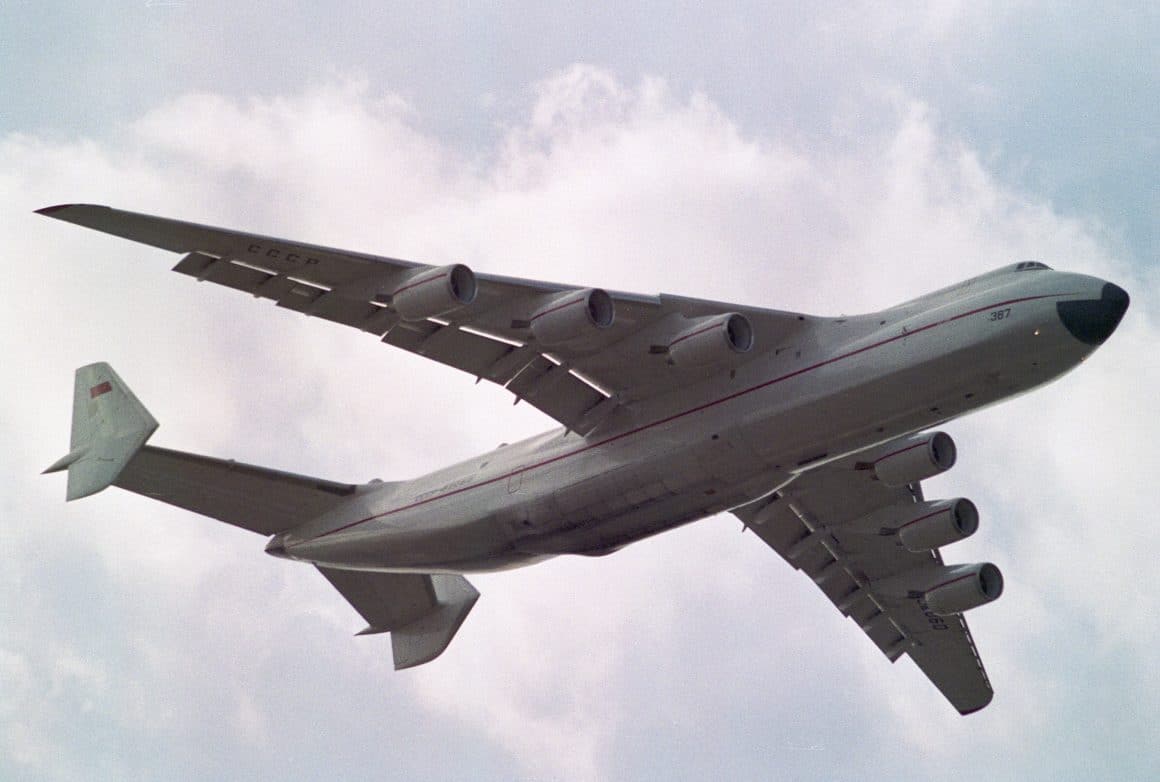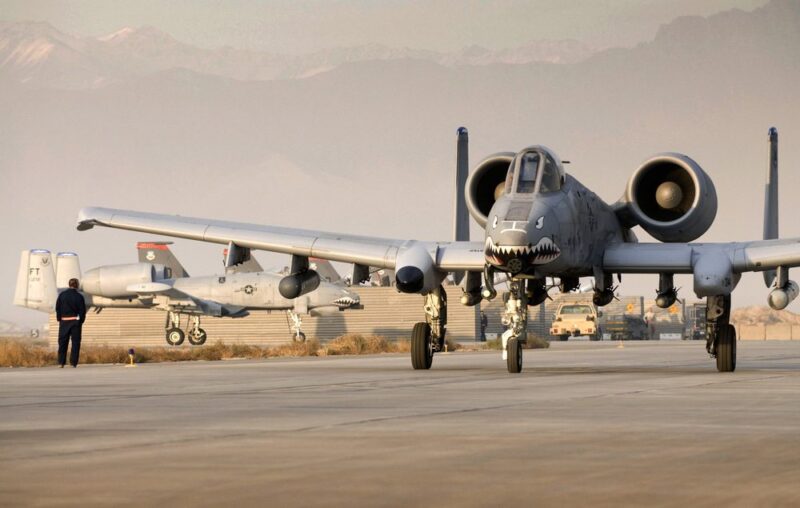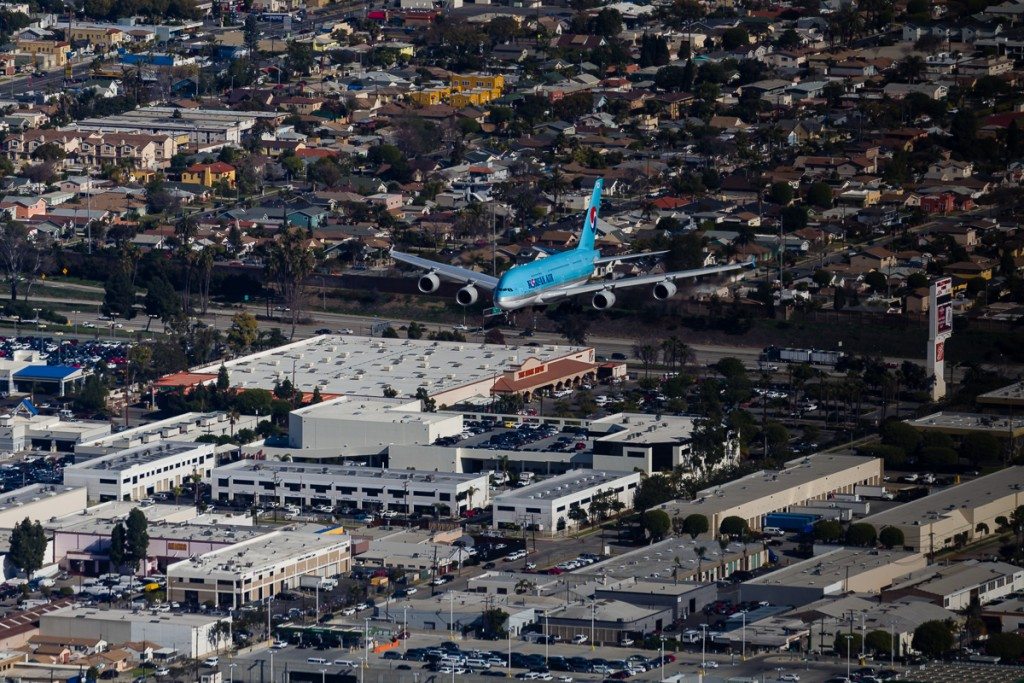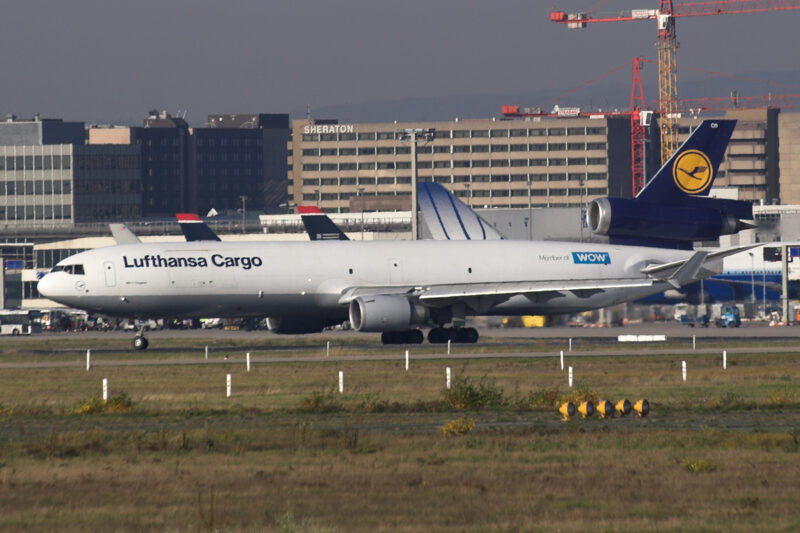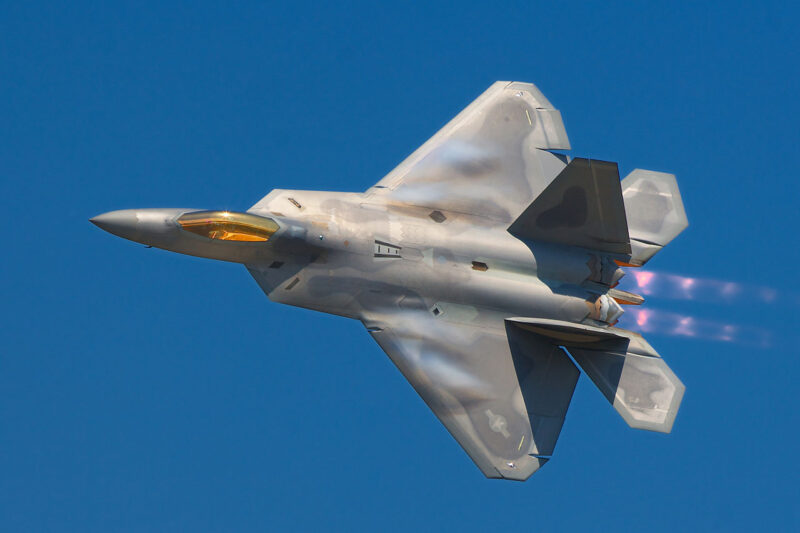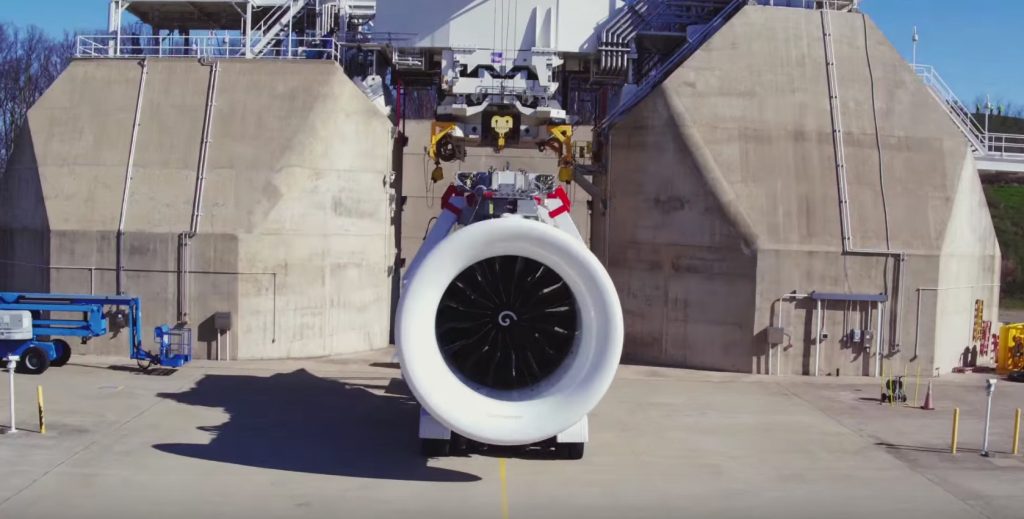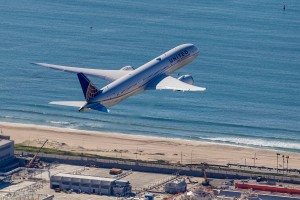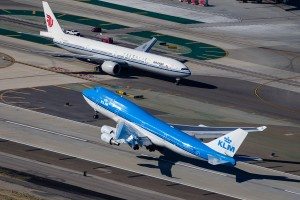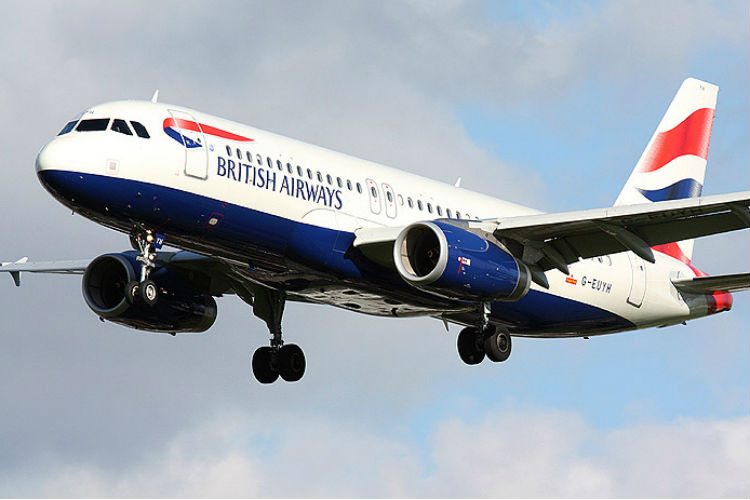If photographing airliners is your thing, you may well be looking for a way to get something a little different to the norm. One company has put together an opportunity to do just that. Rob Edgcumbe headed to Los Angeles to fly with Star Helicopters.
 Los Angeles International Airport (or LAX) is a destination for a wide variety of airlines and airliners. The large market it serves and its geographic location for trans Pacific flights means it attracts operators from around the globe. Whether it is from Europe, the Middle East, Eastern Asia or Australasia, each day will see a large number of planes arriving and departing. Consequently, LAX is a Mecca for those who want to photograph airliners.
Los Angeles International Airport (or LAX) is a destination for a wide variety of airlines and airliners. The large market it serves and its geographic location for trans Pacific flights means it attracts operators from around the globe. Whether it is from Europe, the Middle East, Eastern Asia or Australasia, each day will see a large number of planes arriving and departing. Consequently, LAX is a Mecca for those who want to photograph airliners.
The airport has a number of good locations for photography. Imperial Hill is a popular spot as is the park by the In’n’Out Burger. There are a number of other locations that can provide a different view of the arriving and departing aircraft. However, an almost unrestricted view can be achieved from above the airport. Normally, such a location would be out of bounds for photography work. However, Star Helicopters has come up with an approach that makes this feasible.
Located at nearby Hawthorne Airport, Star Helicopters provide a number of different services from flight training through sightseeing tours to charter work. Their LAX photo flights are the result of close coordination with the FAA air traffic controllers at LAX. They have identified a number of sectors over the airport in which a helicopter can operate without creating a hazard to the normal airline operations. It is feasible to move between these sectors during a flight provided you don’t do it too often. Consequently, you can get a variety of different perspectives on a single flight.
The usefulness of each area depends on what you are looking to achieve and the time of year. The angle of the sun in winter versus summer will mean that different locations will provide the best lighting conditions in different seasons. Sometimes you will also need to compromise on your light angles based on the amount of traffic and its direction.
 LAX has north and south runway complexes. Both will be in use most of the time and the arrival of interesting aircraft at similar times may mean you have to make a judgement call about what you try to get. This may result in getting some shots that may be backlit. For some photographers, this will make the shots uninteresting. Others may be willing to accept this in order to get their shots. Fortunately, the pilot at Star Helicopters may be one step ahead of you. Paul was my pilot and he had worked with a large number of photographers so was familiar with the sort of things that would work and was ready to put the helicopter in the right place at the right time.
LAX has north and south runway complexes. Both will be in use most of the time and the arrival of interesting aircraft at similar times may mean you have to make a judgement call about what you try to get. This may result in getting some shots that may be backlit. For some photographers, this will make the shots uninteresting. Others may be willing to accept this in order to get their shots. Fortunately, the pilot at Star Helicopters may be one step ahead of you. Paul was my pilot and he had worked with a large number of photographers so was familiar with the sort of things that would work and was ready to put the helicopter in the right place at the right time.
Picking when to fly can be assisted by checking out the scheduled times of the flights of interest. Websites like Flightaware will give you histories of arrival and departure times so you can decide what are the planes of interest and when they are likely to be appearing. The helicopter is chartered on a time flown basis so you can stay up as long as you deem necessary (within the limits of the aircraft and pilot of course!)
 While you may know what you are looking to photograph, during my first flight with Star I discovered things are not as easy as you might imagine. First, it is not always readily apparent which runway complex certain aircraft will use. The helicopter is on the radio frequency with the tower for one side of the airport so will hear what is coming on that side. It won’t hear what is coming on the other, though. Second, it is a lot harder to pick out the aircraft as they are on final than I expected. You are above the aircraft so they have the suburban landscape behind them on approach. This makes them a lot less conspicuous. Picking them out takes practice and I missed a few of interest until they were on the ground. This can be frustrating so keeping track of predicted arrival times when airborne is important. Everything doesn’t show up exactly when predicted but they will usually be pretty close to the forecast time.
While you may know what you are looking to photograph, during my first flight with Star I discovered things are not as easy as you might imagine. First, it is not always readily apparent which runway complex certain aircraft will use. The helicopter is on the radio frequency with the tower for one side of the airport so will hear what is coming on that side. It won’t hear what is coming on the other, though. Second, it is a lot harder to pick out the aircraft as they are on final than I expected. You are above the aircraft so they have the suburban landscape behind them on approach. This makes them a lot less conspicuous. Picking them out takes practice and I missed a few of interest until they were on the ground. This can be frustrating so keeping track of predicted arrival times when airborne is important. Everything doesn’t show up exactly when predicted but they will usually be pretty close to the forecast time.
There are a number of good shots available. Getting planes as they are close to touchdown with the ground apparently very close beneath them is cool. Famous landmarks might be a good background as do the threshold markers or the point of touchdown with the smoke from the tires. Chasing a departure is also good and the longer view as they climb out over the beach line is nice. Some angles are not possible based on the restrictions on operating areas. You work with what you have available. In the quiet periods, you can change your focus to some more general concepts. It is worth looking for interesting angles and shots of the terminals with multiple aircraft parked.
What gear to take is an obvious question. I shot with a 100-400mm lens. While helicopters have a reputation for vibration, I have shot from a Robinson R44 a few times and I find them to be quite smooth provided they are not moving too fast. Hovering can bring some vibrations and the risk of shooting through the heat of the exhaust but, on the whole, it is a good platform to work from. The doors are removed so you have very little restriction on where you are shooting. If you don’t like the idea of sitting next to an open door at 1,500’, this might not be for you. My experience, though, is that people who initially find this uncomfortable gradually get used to the environment and end up having a good time.
 Having you cameras well strapped to you is vital with the doors off. It also means that changing lenses is not to be considered. Aside from the possibility of blowing a bunch of dust into your body with the lens off, having a loose lens is not acceptable from a safety point of view. If you want to get some wider shots, the only option is a second camera. This is definitely worth having along if you can. Having spent that much on the flight, why not get as much as you can from it.
Having you cameras well strapped to you is vital with the doors off. It also means that changing lenses is not to be considered. Aside from the possibility of blowing a bunch of dust into your body with the lens off, having a loose lens is not acceptable from a safety point of view. If you want to get some wider shots, the only option is a second camera. This is definitely worth having along if you can. Having spent that much on the flight, why not get as much as you can from it.
Aside from some cool photos, what did I take away from this flight. Most importantly, it was a lot of fun. Being somewhere so different is really interesting and, while others may have got similar shots before you, it is an opportunity to get a lot of images unlike anything you have taken before and very quickly. I also learned a lot about the things you need to do to get what you are after. My goal on the first flight was to get whatever I could and be happy with that. Having done so, I now have some ideas about what I would want to do next time. I flew in the middle of the day so the light was high and traffic was heavy. Next I would consider some other times of day and maybe plan on some specific aircraft from planned angles.
The whole exercise has inspired me to think about what I will do in future and it gave me renewed enthusiasm for something that had started to get a bit “samey”. I enjoyed working with Star Helicopters immensely and will happily fly with Paul again in the future. I was a bit lucky that we had great weather given it had been poor the week before and got cloudy the day after but I will take good luck any time. If you want to give it a try, have fun!
 Here at Avgeekery.com we are contractually obligated to regularly feature the A-10. Why? The Warthog has proven to be one of the most durable and efficient ground support aircraft in military aviation history. And it’s as cool as it’s klunky.
Here at Avgeekery.com we are contractually obligated to regularly feature the A-10. Why? The Warthog has proven to be one of the most durable and efficient ground support aircraft in military aviation history. And it’s as cool as it’s klunky.
